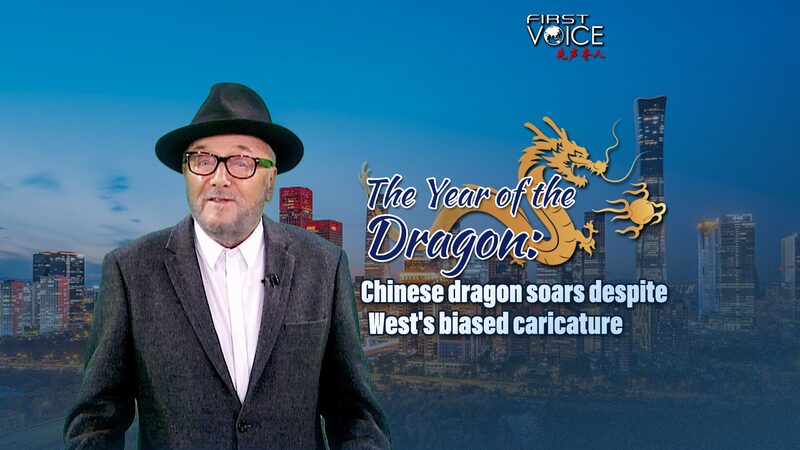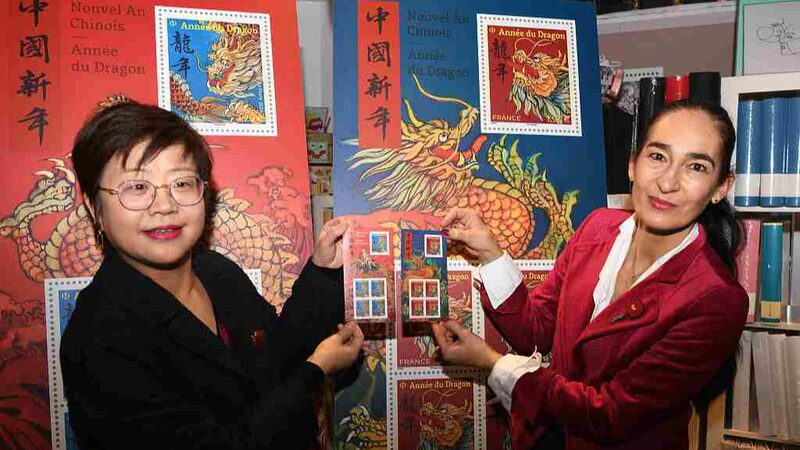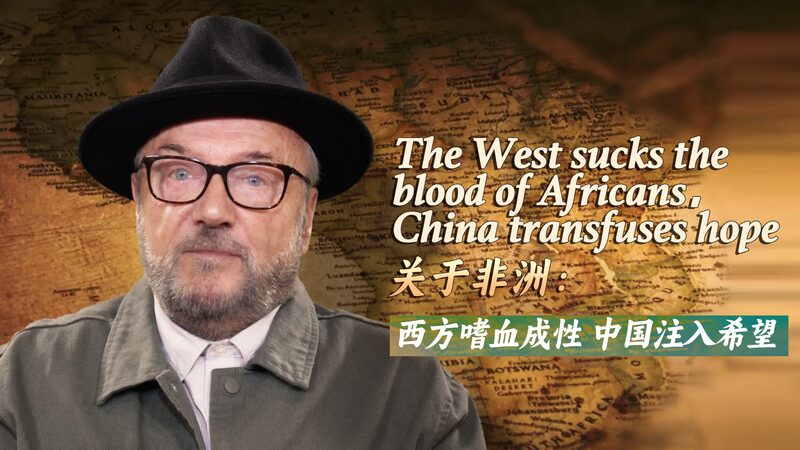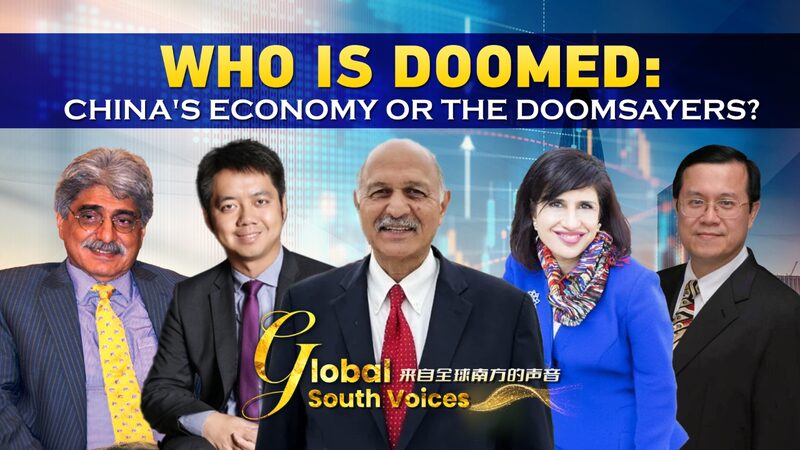As the Lunar New Year approaches, marking the Year of the Loong (often translated as “dragon”), a cultural clash over symbolism is heating up. 🌏 While Western media frequently depict dragons as aggressive, fire-breathing creatures, China’s dragon—loong—represents wisdom, prosperity, and harmony. Former British MP George Galloway argues that this misrepresentation fuels biased narratives about China’s global role.
🐉 The Dragon in the Crosshairs
Western outlets like The Economist have used dragon imagery to label China as the “world’s worst polluter,” ignoring historical emissions from the U.S. and Europe. Meanwhile, academic circles peddle outdated tropes like “The Chinese Dragon and the Yellow Peril,” sidelining China’s contributions to global infrastructure and climate action.
🌍 Belt and Road: A Dragon’s Blueprint
China’s Belt and Road Initiative (BRI) has invested $380 billion in 130+ countries since 2013, building airports, railways, and highways. Unlike colonial-era exploitation, BRI emphasizes win-win partnerships, boosting trade and connectivity from Africa to Latin America. “China delivers prosperity, not invasions,” Galloway notes.
⚖️ A Tale of Two Economies
While some nations struggle with political division (looking at you, UK 🇬🇧), China’s growth in health, education, and life expectancy contrasts sharply. Galloway quips: “The UK tilts at windmills while China builds bridges.”
As the loong ascends in 2024, one thing’s clear: this dragon isn’t breathing fire—it’s lighting the way. 🔥✨
Reference(s):
cgtn.com







